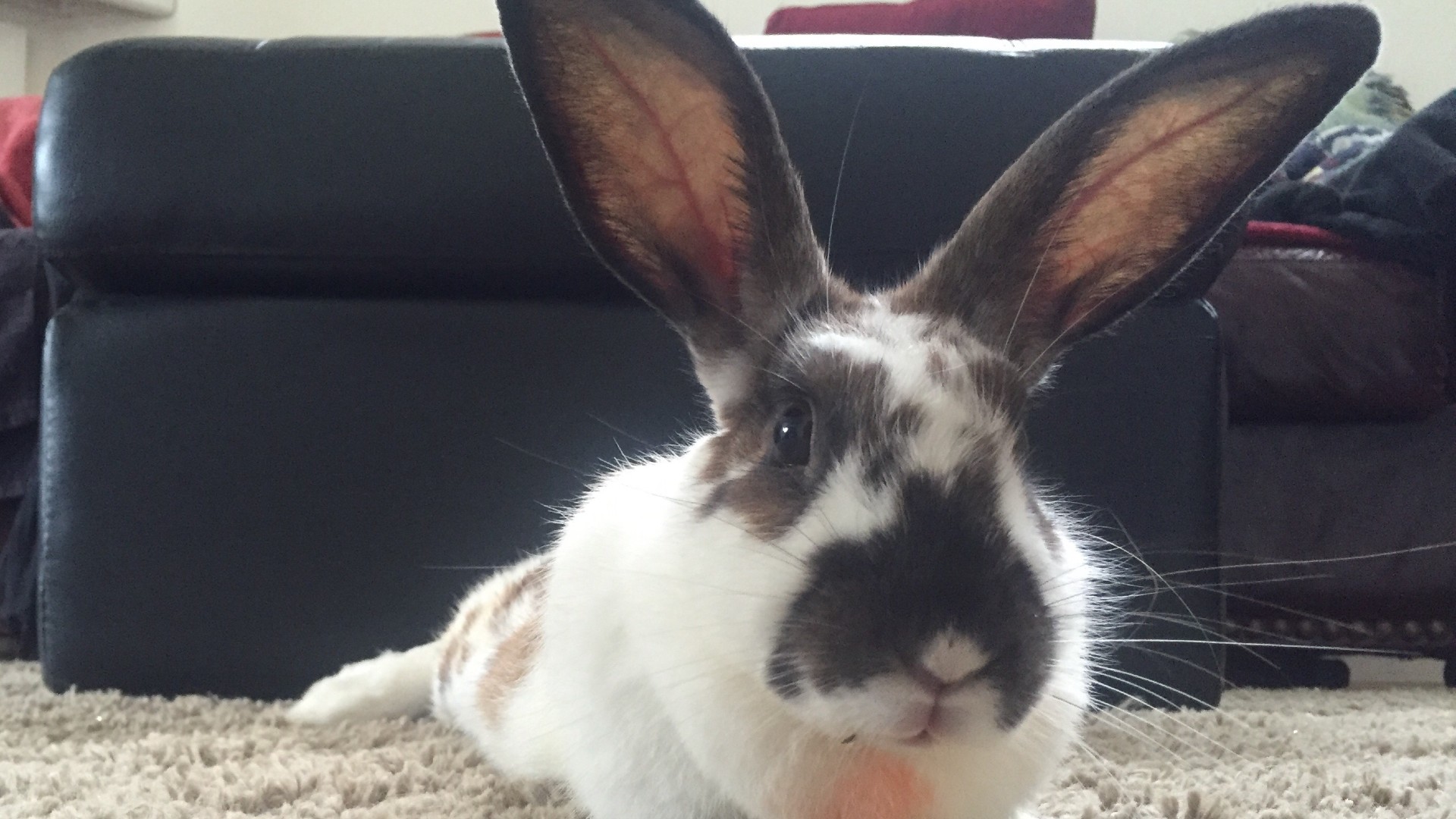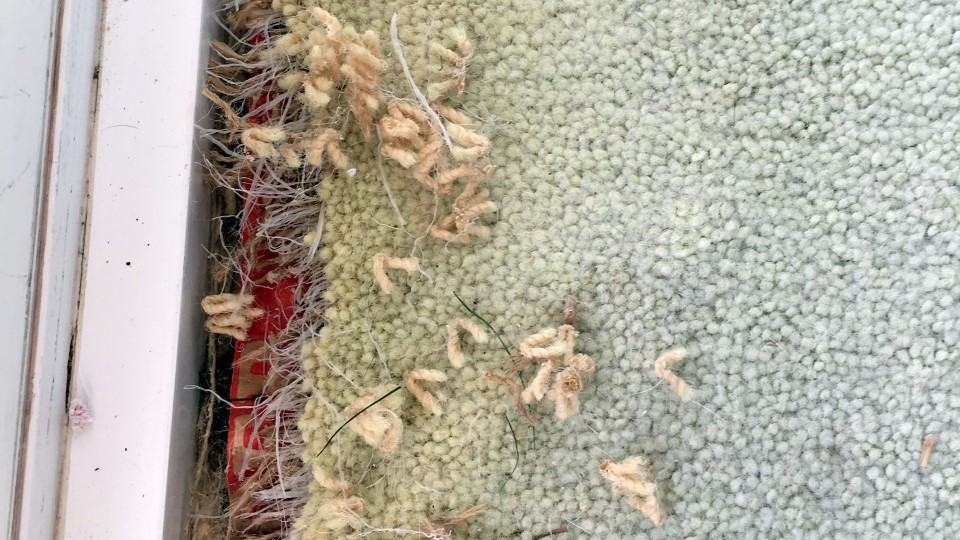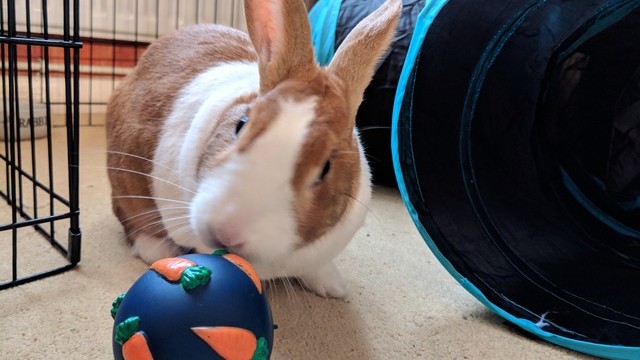Five tips for owners of indoor rabbits
Indoor rabbits are becoming more and more popular, but keeping one requires some thought and planning to ensure the safety and suitability of their environment

The idea of indoor rabbits is not a new one – rabbits have been kept inside houses for decades. In fact, any rabbit can become a house rabbit; they are not a specific breed. There are some potential benefits to keeping indoor rabbits and if you invest in the best indoor rabbit hutch, you'll be able to create a nice homey habitat for your floppy-eared friend.
Many people feel that keeping an indoor rabbit allows them to build a better relationship with them. The close proximity of their fluffy friend also means that they can spot any signs of illness sooner. Rabbits are most active at dawn and dusk, so even if you work all day, you'll get plenty of social interaction from them before and after work.
Having rabbits outdoors may not be an option for some people, even with the best rabbit hutch and best rabbit run they can find. They may live in an area with lots of foxes, or may not have a garden, or it might not be safe and secure. Equally, the temperature where they live may be too hot or cold. Whatever the reason why an outdoor rabbit isn't for you, indoor rabbits can make great house pets.
1. Consider safety
Rabbits love to chew and dig, and this behavior is totally natural for them. However, they don't always make safe choices when deciding what to chew. They can easily chew through electrical cables, which may, sadly, have fatal consequences.
It is imperative that you bunny-proof your home. Move all electric cables and aerials out of the reach of your rabbits, and bear in mind how tall they are when standing on their hind legs and stretching. They might be able to reach higher than you think! Any belongings or decorative items you don't want chewing need to be placed out of their way, like plants, books, TV remotes, and shoes.
It's easy to injure your rabbit accidentally, so care needs to be taken when walking around, as rabbits will run near your feet without you noticing them. You should also take care when opening and closing doors.

2. Make the environment suitable
Rabbits need to feel safe in their environment. While they should be allowed access to a large area inside the home, they should also be allowed to retreat away for peace and quiet when they choose.
Rabbit cages can be used, but they must be open at all times and used as a resting area or litter tray, and not to shut the rabbits away in. The rabbits can be placed in a single, safe room if this need should arise. No indoor cages are large enough for any size of rabbit to live in and be able to express their normal behaviors.
Rabbits do not like strong smells or loud noises, so make sure you minimize these. Closing the door to the kitchen will minimize cooking smells, and keeping the volume low on televisions, computers, and radios will help too.
Ideally, all indoor rabbits should also have access to a large and safe enclosure outside, especially in the warmer months of the year. This will allow them to graze and have access to fresh air. To avoid picking up your rabbit, which they often find stressful, a tunnel/cat flap set-up is preferable for access to the outdoors. Of course, depending on your home, this may not be possible.

3. Rabbits will make a mess
Rabbits will happily chew on the carpet, wallpaper, and plaster, especially if there is a lack of other stimulation in the environment. These can be dangerous and cause blockages in the rabbit's gastrointestinal tract. If you notice your rabbit chewing any items they shouldn't be, access must be blocked off to these areas. You will also need to increase the chewing, and digging opportunities your rabbit does have. Some good ways to do this are providing more willow, apple, or seagrass balls or mats to chew on and boxes to dig in. You should also ensure they have plenty of the best rabbit toys to play with.
Hay is imperative to rabbits' digestion and health, and house rabbits are no different. Hay must be provided 24/7 and should always be fresh, sweet-smelling, and free from dust. Feeding hay off the floor is preferable and mimics a natural feeding and foraging pattern rather than feeding from hay racks, but this can be messy. Place hay in several areas of your rabbits' living space to encourage them to eat more. This should be changed at least daily, if not more often.
Providing several litter trays will mean your rabbits are more likely to use them. Place them in corners in different areas, and make sure they are cleaned regularly.
4. Mixing with other animals
It may be that you also have dogs, cats, or other animals in the household. If this is the case, you need to ensure they cannot gain unsupervised access to your rabbits. Cats and dogs are natural predators to rabbits, and even the sight of one may invoke fear and stress in your rabbits. Even the most gentle cats and dogs are still capable of inflicting severe or fatal injuries on rabbits.
With careful introduction and training, rabbits can enjoy the company of household dogs and cats. Nevertheless, don't ever assume they will be safe or leave them together unsupervised. Rabbits should not be housed with or mix with guinea pigs for health, behavior, and welfare reasons.
5. Still need a rabbit friend
While living inside with you will mean your rabbit has more human company, this cannot replace the company of another rabbit. Rabbits exhibit different behaviors to companion rabbits, from those they demonstrate to their human owners, so house rabbits must be kept in pairs.
The best combination is a male and female, with BOTH rabbits being neutered. Many rescue centers will have suitable rabbits available for adoption and be able to help with bonding. It is important to remember that house rabbits also need vaccinating and to have regular boosters. Your vet will be able to advise you on this.
Be prepared
With careful thought and consideration of what rabbits need to live a fulfilled life indoors, it is possible to have them share our homes. They will make entertaining and endearing house companions. Still, you should be prepared for the potential pitfalls and what you will need to do to overcome these.
By Claire Speight, Registered Veterinary Nurse, on behalf of the Rabbit Welfare Association and Fund (RWAF).
PetsRadar Newsletter
Get the best advice, tips and top tech for your beloved Pets
Claire currently works in Kettering as a Head Nurse in a practice with a high rabbit caseload, as well as frequently lecturing and writing on rabbits to both veterinary professionals and owners.

